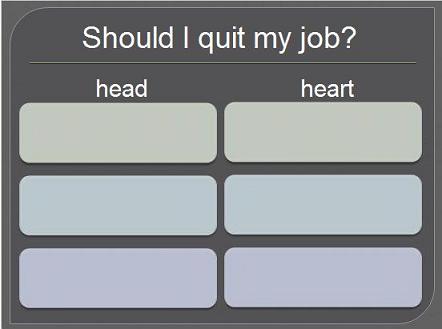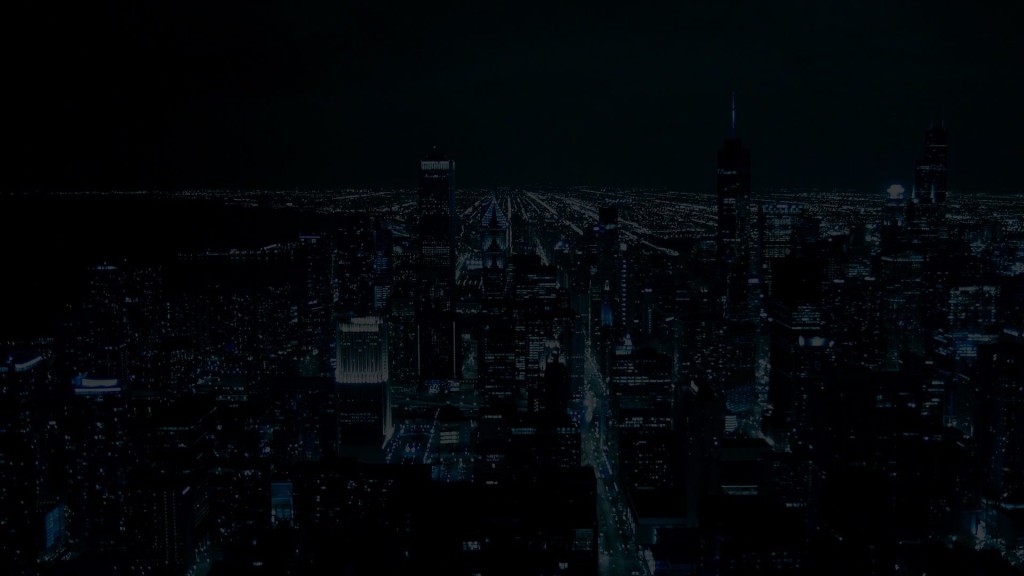Let Me Think about That . . .
Life is a never-ending series of choices and decisions. Do I get up now or wait another minute? Do I sign this contract or hope for a better offer? Do I buy a new desk or upgrade my computer?
Some choices are fun . . . Where do I take my friends when they come to visit?
Some decisions are not so . . . Do I uproot my family or give up the great job in another city?
The fun ones speed up our thinking with endless possibilities. The not so fun ones mire us in thoughts of dead-end alleys. Sometimes, we forget that we have options about how we consider and respond to choices and decisions.
The Dilemma of Logic and Emotion
It’s almost impossible to find a child who doesn’t like to solve a puzzle or a riddle. Children usually find choices fun too — when the choices are simple or they can choose again. Decisions are a little trickier, because decisions cut off other options. Most adults don’t like big decisions any more than children do.
It’s the cutting off other options that often finds us in a dilemma. No answer seems the right one. Or worse, no answer even looks a glimmer better than another.
Our brains are made to sort information, make choices, and come to decisions. No decision is particularly frightful when we face it with raw logic. But logic alone omits a good part of what makes us human. We need our hearts and our personal goals to get to a grounded, well-rounded decision.
The issue is that our logic can be at odds with our intuition and emotion.
How to Have Positivity and Confidence Making Tough Decisions
A great decision is made from what we bring to the situation. We can’t change our views in response to every decision, but we can check our own and other folks’ views. If we open ourselves to test our thinking, a tough decision process can be one of positivity and confidence. Try approaching your next tough call in these ways.

- Logic and Emotion Chart
Make a two-column chart. Label the columns, Head and Heart. Above the labels, write the decision you’re facing. Spend at least 15 minutes listing logical reasons in the Head column. List both the boldly important factors and the random, minor reasons. — Don’t value your items. — Write them all down. Do the same for the Heart column. Make each list as long as you possibly can.
When you look them over, notice which list you tried to make longer. (It will show itself by the number of minor reasons listed there.) That’s your subconscious saying what you want to do.
- An Internal Board of Directors.
Each of these people would approach the question from a different viewpoint. Write 1-3 things each of them would see that you haven’t yet considered.
- A scientist.
- A mathematician or musician.
- An explorer or geographer.
- An artist.
- A teacher.
- A writer.
- A politician.
What new ideas did you find in their points of view?
These approaches to tough decisions help us stand outside our thinking. In the chart of Logic and Emotion, we weigh our head and heart, but we also see our intuitive or experiential bias. Revealing that subconscious bias can help us sort more quickly than the information on the list itself. When we consult our Internal Board of Directors, we open our minds to new ideas and new views.
Those new ideas and new views offer a wealth of contingencies and possibilities. The decision made from them will be grounded and well-thought. We can move forward with positive confidence about what we’ll do.
How do you get through tough decisions with confidence?
–ME “Liz” Strauss
Need help sorting decisions? Click on the Work with Liz!! page in the sidebar.
SOBCon08 is May 2,3,4 in Chicago. All that expertise in one room! Register now!
Related articles
The 10 Skills Most Critical to Your Future
Critical Skill 1: Strategic Deep Thinking
Critical Skill 5A: 3 Parts of Spectacular Ideas
Critical Skill 6A: Five Tools for Finding Faulty Assumptions
